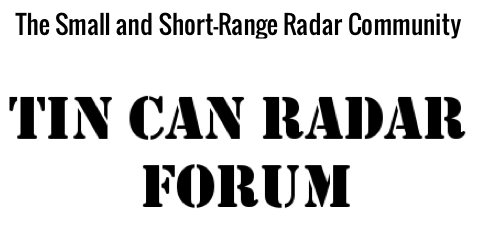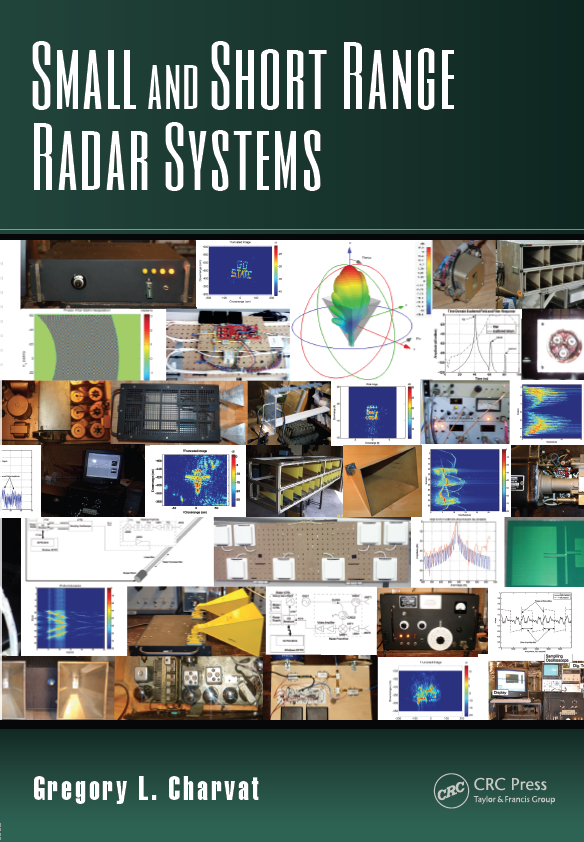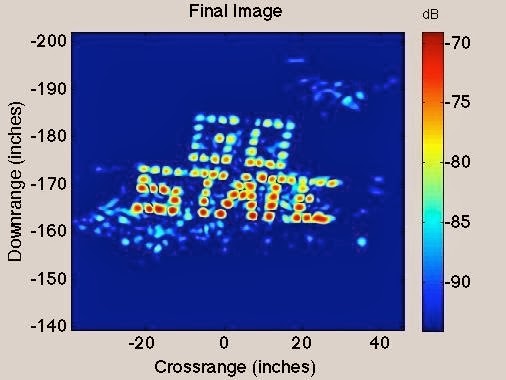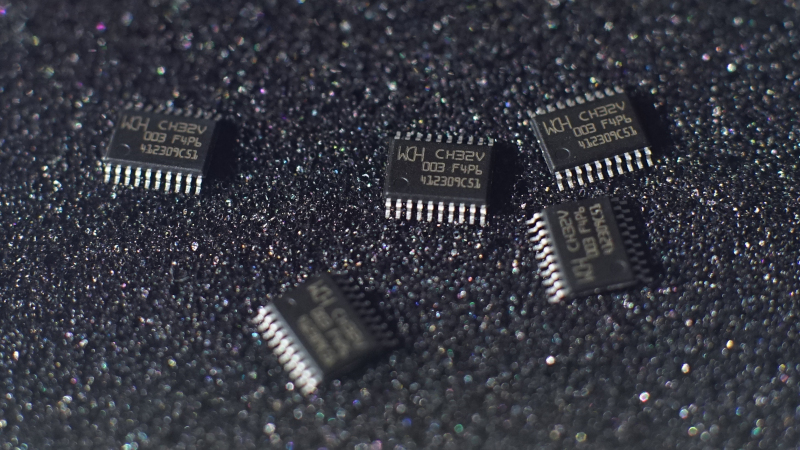
If you are interested in near-field phased array radar systems one of my papers from the 2010 IEEE Intl. Symposium on Phased Array Sys. & Tech, 'An Ultrawideband (UWB) Switched-Antenna-Array Radar Imaging System,' has been posted here to IEEE Explorer. To view the slides from this conference go here.
Abstract—A low-cost ultrawideband (UWB), 1.926-4.069 GHz, phased array radar system is developed that requires only one exciter and digital receiver that is time-division-multiplexed (TDM) across 8 receive elements and 13 transmit elements, synthesizing a fully populated 2.24 m long (λ/2 element-to- element spacing) linear phased array. A 2.24 m linear phased array with a 3 GHz center frequency would require 44 antenna elements but this system requires only 21 elements and time to acquire bi-static pulses across a subset of element combinations. This radar system beamforms in the near field, where the target scene of interest is located 3-70 m down range. It utilizes digital beamforming, computed using the range migration synthetic aperture radar (SAR) algorithm. The phased array antenna is fed by transmit and receive fan-out switch matrices that are connected to a UWB LFM pulse compressed radar operating in stretch mode. The peak transmit power is 1 mW and the transmitted LFM pulses are long in time duration (2.5-10 ms), requiring the radar to transmit and receive simultaneously. It will be shown through simulation and measurement that the bi-static antenna pairs are nearly equivalent to 44 elements spaced λ/2 across a linear array. This result is due to the fact that the phase center position errors relative to a uniform λ/2 element spacing are negligible. This radar is capable of imaging free-space target scenes made up of objects as small as 15.24 cm tall rods and 3.2 cm tall metal nails at a 0.5 Hz rate. Applications for this radar system include short-range near-real-time imaging of unknown
targets through a lossy dielectric slab and radar cross section (RCS) measurements.








No comments:
Post a Comment